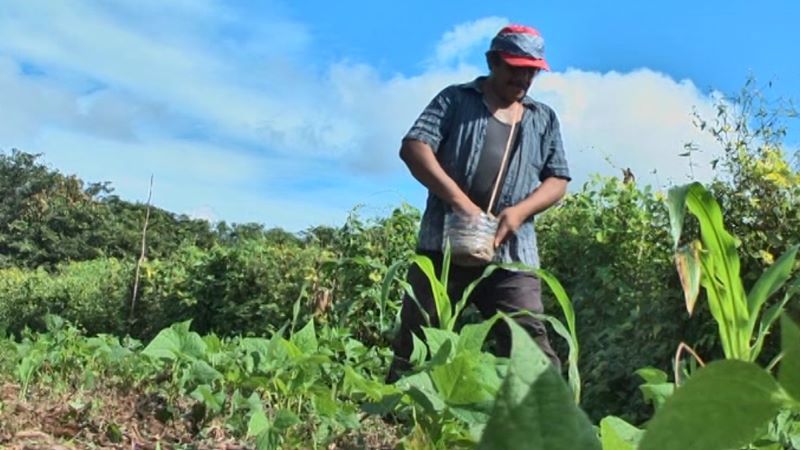Unlocking the Secrets of the Mayan Milpa Agriculture
The milpa is a traditional Mesoamerican agricultural system that relies on a polyculture of domesticated plants, including corn, beans, squash, and chili, and integrates various activities such as cattle raising, beekeeping, and more.





